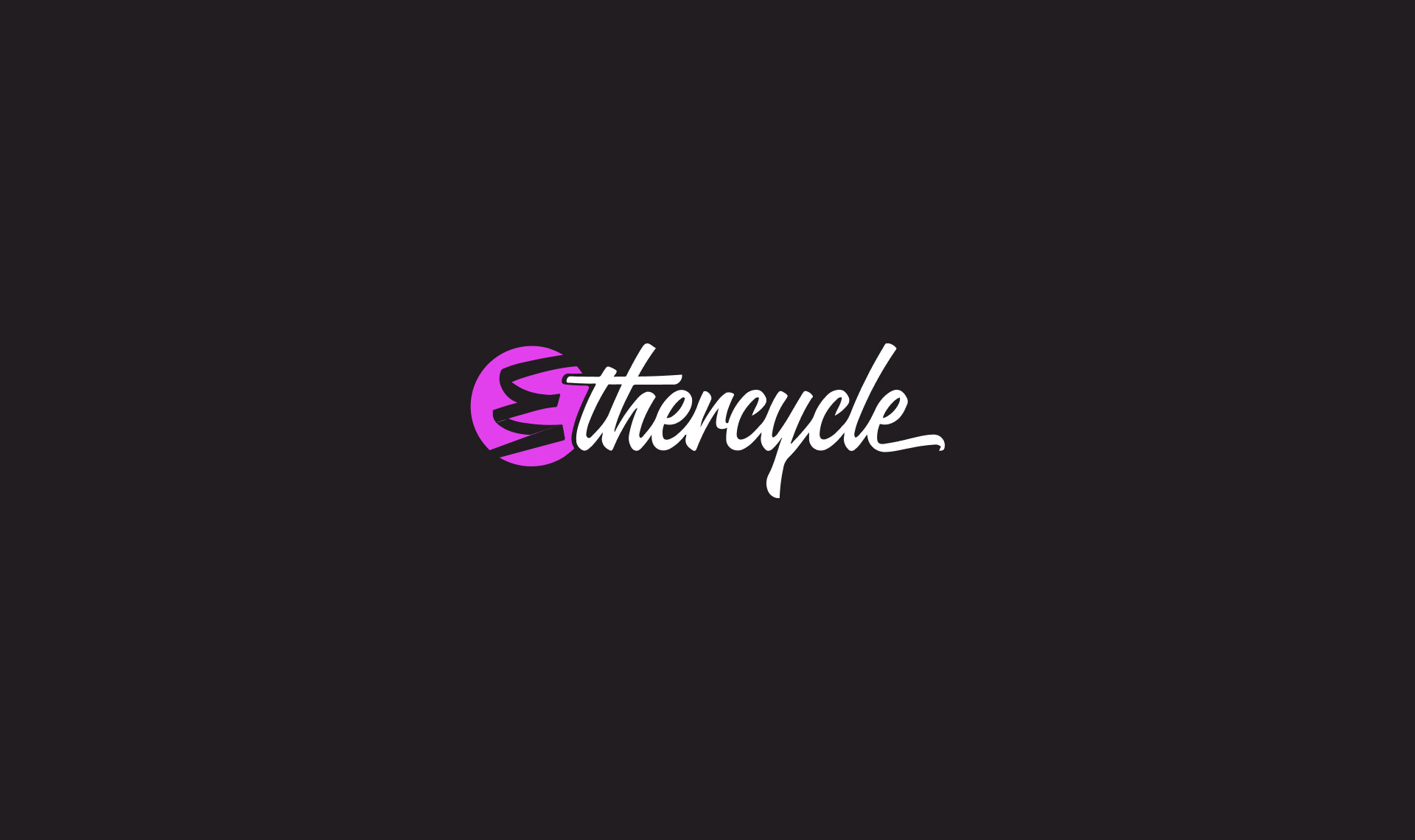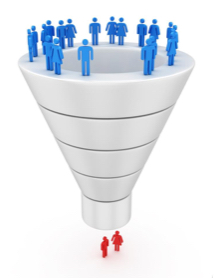
This is a guest blog post by Owen Andrew, an ecommerce journalist.
The conversion funnel may as well be a great unsolved mystery to many businesses. They know they want to get their customers to the end of the funnel (a sale) like everyone else. What they don’t know is the steps along the way that lead a customer down that path of having no knowledge or interest in a product right to the cash register to purchase it.
These businesses have no understanding of how to hook their potential customers at the various points along that funnel as a result, and it’s greatly limiting their effectiveness in appealing to those customers in a meaningful way.

The first step to removing the shroud of mystery that cloaks the funnel is to understand each of the steps along the way. These are the same for virtually any business and customer, and are therefore relevant to every business owner and marketer.
For the purpose of our analysis, let’s create a business together. Let’s keep it simple and start an online T-Shirt retailer, which is an infinitely present niche with theories applicable to other niches.
So what about those steps along the way, and how do they apply to our new business? Adria Saracino breaks it down in her Kill It in Content Creation piece for Distilled.net in five steps:
- Discovery – This is the very first step towards landing a potential new customer, one that has just discovered a specific product or service for the first time. Depending on the niche, this customer may be very rare or, perhaps even non-existent. In our case, our customer knows he or she wants a T-shirt, we just either A) need to offer a design or theme not offered elsewhere, or B) need to convince our prospective customer they should purchase with us instead of a behemoth retailer. As Richard Lazazzera puts it in his article on starting a T-shirt business, ever-slimming margins means you need to get your conversion funnel gameplan correct from the get go.
- Interest – The next step is their developing interest in that product or service as something that could be of worth to them. At this stage they are still not committing to purchasing anything from anyone in particular, but are broadly interested in the idea as a whole. Again, with our T-shirts, we need to offer something on our site that no one else is offering. Even the subtlest difference can give us the upper hand.
- Conversion – This is the stage where they’re transitioning from mere interest into a full-blown desire to purchase the product or service, and are now researching brands and comparing offers and prices. Even if they were led to this point by one company, this is where they could go astray and be poached by the competition, making it the single most important step in the process, and one that should be researched thoroughly.
- Purchase – The purchase. That glorious moment when the previous steps have led a customer to invest both their money and their trust in a product.
- Loyalty – As you can see, the purchase is not in fact the last step. Maintaining the loyalty of those purchasers is, and that is accomplished through honoring their trust with a quality product, exemplary support, and rewards for that loyalty. If we continue to have reliable delivery times, consistently updated T-shirt options and great customer service, why wouldn’t this sale come back for more?
Avoiding the Rabbit Trails and Building a Superhighway from Discovery to Loyalty
Now comes the tricky and fun part; crafting an all-encompassing marketing strategy that deftly finds your customers at one of the early stages of their purchasing journey, and guides them firmly but lovingly through the funnel and out the other side as a newly loyal customer.
This begins by determining where best to find those customers that could have interest in a specific niche, but have yet to hear about it or put much thought into it. Depending on the niche this may be quite difficult or readily apparent. A prime directive should be to determine the likes and dislikes of the existing customers of that product. These same tastes will likely translate to other potential customers as well, providing insight into where they are likely to be found or not.
Actually reaching out them can be accomplished through methods such as host-beneficiary relationships, whereby a partnership is formed with a leading figure in one of those industries that are generally liked by the target audience.
From there it’s a matter of building upon the established interest and pushing them towards a purchase by offering incentives and regular updates on how good the product is and how much they need it. This can be accomplished in tandem through a combination of social media, e-mail campaigns, and webinars.
Lastly, ensure you have a proper reception waiting for them on the other side of the funnel by thanking them for their business and offering them loyalty rewards and bonuses for remaining a customer.
With this, you turn browsers into buyers.
Author Bio: Owen Andrew is an eCommerce journalist who spends free time studying online marketing practices and attending EDM concerts. He hopes you enjoy this post, and would like to thank ethercycle.com for hosting him!"
